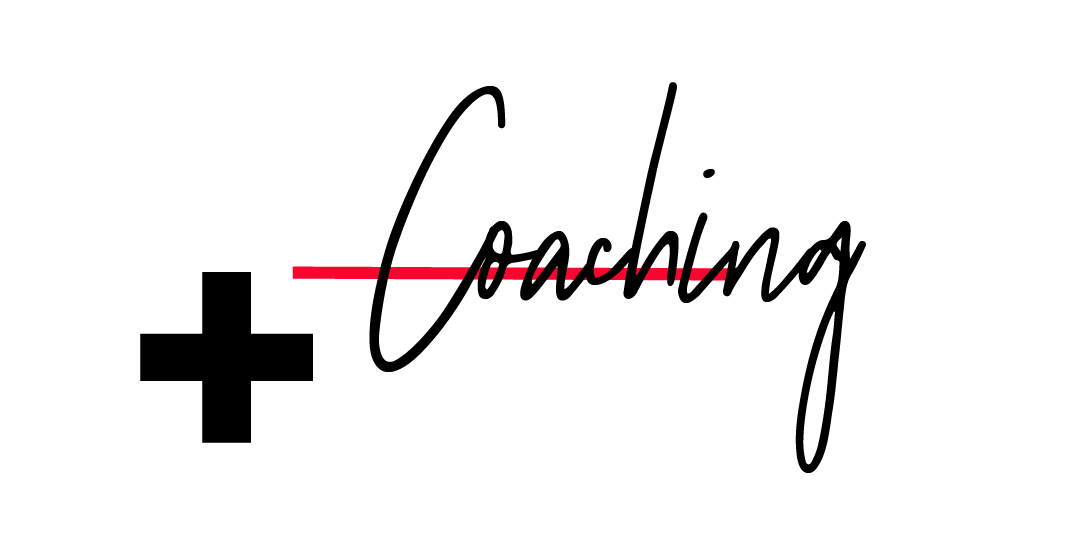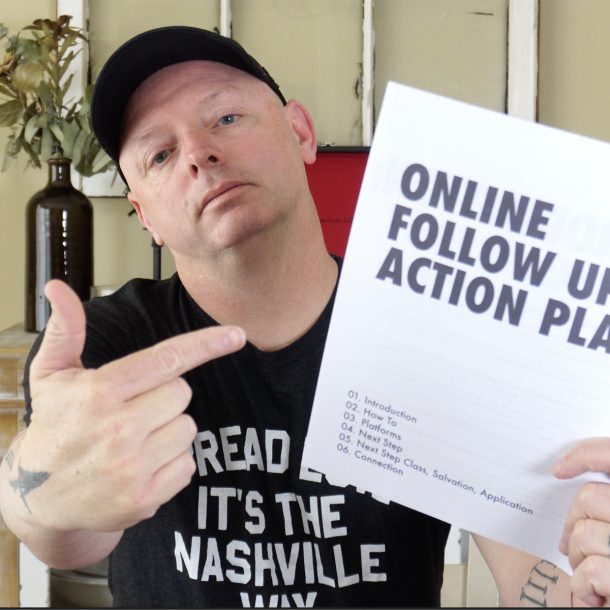Sometimes I think the pace of creating robs some of the joy of the work we get to do. It can be really healthy to slow down and remember why we do what we do, and reflect on the opportunity we have. Another overlooked step in creating is the actual creative process. In the haste of chasing Sunday we can often lose sight of what a healthy creative plan looks like. In a recent article on the development of creative plans, the Harvard Business Review developed the “Essential Five-Step Processes For Creativity”:
1. Identification –
What is the problem?
How do we define the problem?
What is the data that surrounds this problem that will allow us to be our creative best?
Are there alternative methods, messages, or ideas around this problem?
In the identification stage, creative people thrive because we’re able to move more nimbly through the data, collect better data – due to the approaches and lens from which we view the issues. We offer uncommon and not normal view points of the problem and approach the issues far different than those who are more rationally wired.
2. Mapping –
The process of consciously and unconsciously connecting thoughts, related or otherwise. This is where our ideas are born. We pull on experience, history, imagery, and imagination to attempt to find commonality and connections between things that may not naturally connect. The more obscure these things are, the more creative we become.
3. Connecting –
The moment where the connections begin to galvanize. This is where the equation begins to make sense and the pieces of our creative plan start to come together.
4. Evaluation –
The attempt to grade and prioritize the ideas. Will these ideas work? Are they good enough to solve the problem? Do they have holes or potential error zones that will cause new problems?
5. Improvement –
This stage separates the professionals from the weekend warriors. The more creative, innovative, or inventive the artist, the more time they spend in this stage. Repeating, editing, refining, and sometimes scrapping and returning to stage 1 in order to ensure the best idea – the idea that uniquely solves our problem, when possible, like no one else has thought of before and without imitation.
Once we have mapped how we actually come up with ideas, it can help us become better at being our creative best.
Have you recently taken the time to develop a creative plan?





The plan/process has become an infatuation of mine over the last 12-18 months. Understanding the process always refines, I find myself guilty of creating a process/plan and forcing myself and team to stick in it. I don’t think that’s a super bad thing it just seems when I “forget” the planned process and let it happen organically it feels nice but a little less cohesive as a whole.
Not sure if that makes sense but that’s where I’m at.
Thoughts?